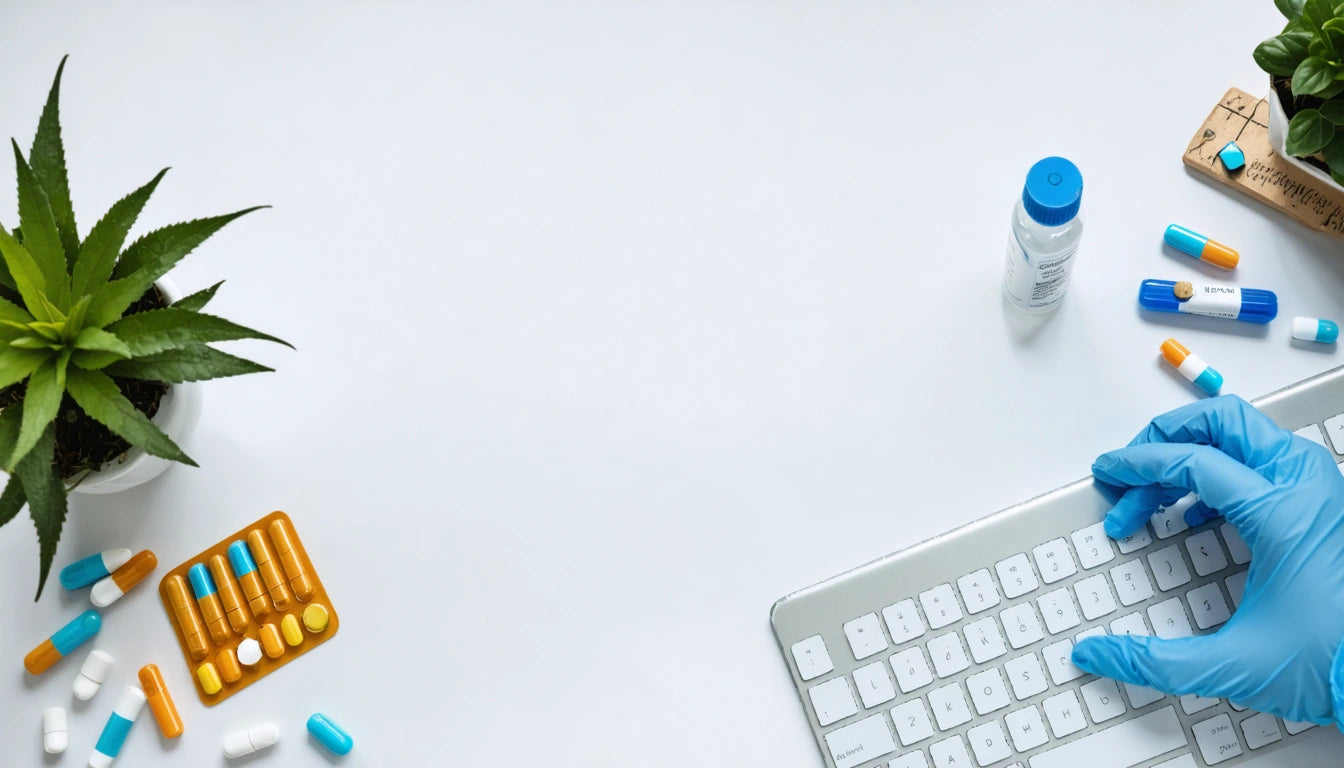Table of Contents
Understanding and Managing PPM Levels in Water
Water quality plays a crucial role in numerous applications, from plant cultivation to consumption and industrial processes. One key measurement of water quality is PPM, or parts per million, which indicates the concentration of dissolved substances in water. Understanding what PPMs are in water and how to adjust them can significantly impact outcomes in various scenarios.
Understanding PPM in Water: What It Means and Why It Matters
PPM stands for parts per million and represents the concentration of total dissolved solids (TDS) in water. These solids include minerals, salts, metals, and other inorganic compounds. In essence, PPM measures how many parts of these dissolved substances exist per million parts of water.
For context, 1 PPM equals 1 milligram of dissolved solids per liter of water (mg/L). This measurement helps determine water purity and suitability for specific applications. High PPM values indicate more dissolved substances, while lower values suggest purer water.
Why PPM Matters
PPM levels affect various aspects of water usage:
- Plant growth and health
- Taste and quality of drinking water
- Equipment longevity (in systems using water)
- Effectiveness of cleaning processes
- Chemical reactions in laboratory settings
For plant cultivation specifically, PPM directly influences nutrient availability. As noted in research on optimizing water pH for healthy plant growth, PPM works in conjunction with pH to determine how effectively plants can absorb nutrients.
Measuring PPM Levels: Tools and Techniques
Before adjusting PPM levels, accurate measurement is essential. Several tools can help measure PPM in water:
Digital TDS Meters
These handheld devices provide quick, accurate readings of total dissolved solids. Simply insert the meter into your water sample, and it displays the PPM reading instantly. Most digital TDS meters are affordable and suitable for home use.
Electrical Conductivity (EC) Meters
EC meters measure the water's ability to conduct electrical current, which correlates with dissolved ion concentration. Many growers use EC meters, then convert the readings to PPM using a conversion factor.
Test Strips
While less precise than digital options, test strips offer a quick estimate of TDS levels and are useful for basic monitoring.
When measuring PPM, temperature affects readings, so it's important to calibrate your meter according to manufacturer instructions and take measurements at consistent temperatures for reliable comparisons.
How to Raise PPM in Water: Effective Methods
There are several approaches to increase PPM levels in water, depending on your specific application:
Adding Nutrient Solutions
For plant cultivation, specialized nutrient solutions can raise PPM while providing essential elements. These typically contain macronutrients (nitrogen, phosphorus, potassium) and micronutrients (calcium, magnesium, iron) in balanced ratios.
When adding nutrients, start with small amounts and measure PPM after each addition to avoid overshooting your target. Many cultivators find that using Epsom salt (magnesium sulfate) can effectively raise PPM while providing beneficial magnesium and sulfur.
Mineral Supplements
Specific mineral supplements can target PPM increases while addressing particular plant needs:
- Calcium carbonate
- Potassium silicate
- Magnesium sulfate
- Trace mineral blends
When storing nutrient solutions or treated water, proper containers are essential. Many growers use high-quality storage bags with proper sealing to maintain the integrity of their solutions and prevent contamination.
Natural Methods
For organic approaches, consider:
- Compost tea: Steeping compost in water releases nutrients that raise PPM
- Worm castings solution: Rich in micronutrients and beneficial microorganisms
- Seaweed extracts: Provide trace elements and growth stimulants
When raising PPM, remember that different growth stages require different levels. Seedlings typically need lower PPM than mature plants in their flowering stage, as detailed in research on optimal conditions for different growth stages.
Lowering PPM Levels When Necessary
Sometimes water PPM levels may be too high, requiring reduction techniques:
Dilution
The simplest method is diluting high-PPM water with purified water (reverse osmosis or distilled). Calculate the ratio needed based on your current and target PPM levels.
Filtration Systems
Several filtration methods effectively reduce PPM:
- Reverse Osmosis (RO): Removes up to 99% of dissolved solids
- Deionization: Exchanges mineral ions with hydrogen and hydroxyl ions
- Carbon filtration: Removes certain contaminants but is less effective for total PPM reduction
When using filtration systems, regular maintenance ensures optimal performance. Neglected filters can become breeding grounds for bacteria or lose effectiveness over time.
Optimal PPM Levels for Different Applications
Ideal PPM levels vary widely depending on the application:
Plant Cultivation
Different growth stages require different PPM ranges:
- Seedlings/Clones: 100-250 PPM
- Vegetative stage: 400-800 PPM
- Flowering/Fruiting: 800-1500 PPM
These ranges may vary by plant species. Some plants thrive in higher mineral concentrations, while others prefer lower PPM levels.
Drinking Water
For human consumption, the EPA recommends TDS levels below 500 PPM, though many prefer the taste of water in the 50-300 PPM range.
Specialized Applications
For applications like ice water hash extraction, extremely low PPM levels (often below 10 PPM) may be preferred for optimal results and purity.
When managing water for plants, remember that PPM works in conjunction with other factors. For instance, overwatering can exacerbate problems related to improper PPM levels by preventing root systems from drying out and absorbing oxygen.
Future Directions in Water Quality Management
As water conservation becomes increasingly important, efficient PPM management represents a critical aspect of sustainable cultivation practices. Emerging technologies are making PPM monitoring and adjustment more precise and automated:
- Smart sensors that continuously monitor water quality
- Automated dosing systems that maintain target PPM levels
- Mobile applications that track water parameters over time
- Integrated systems that balance PPM, pH, and other factors simultaneously
Understanding what PPMs are in water and how to raise PPM in water when necessary gives growers and other water users greater control over their processes. By maintaining optimal mineral concentrations, you can maximize plant health, product quality, and system efficiency while minimizing resource waste.











Leave a comment
All comments are moderated before being published.
This site is protected by hCaptcha and the hCaptcha Privacy Policy and Terms of Service apply.